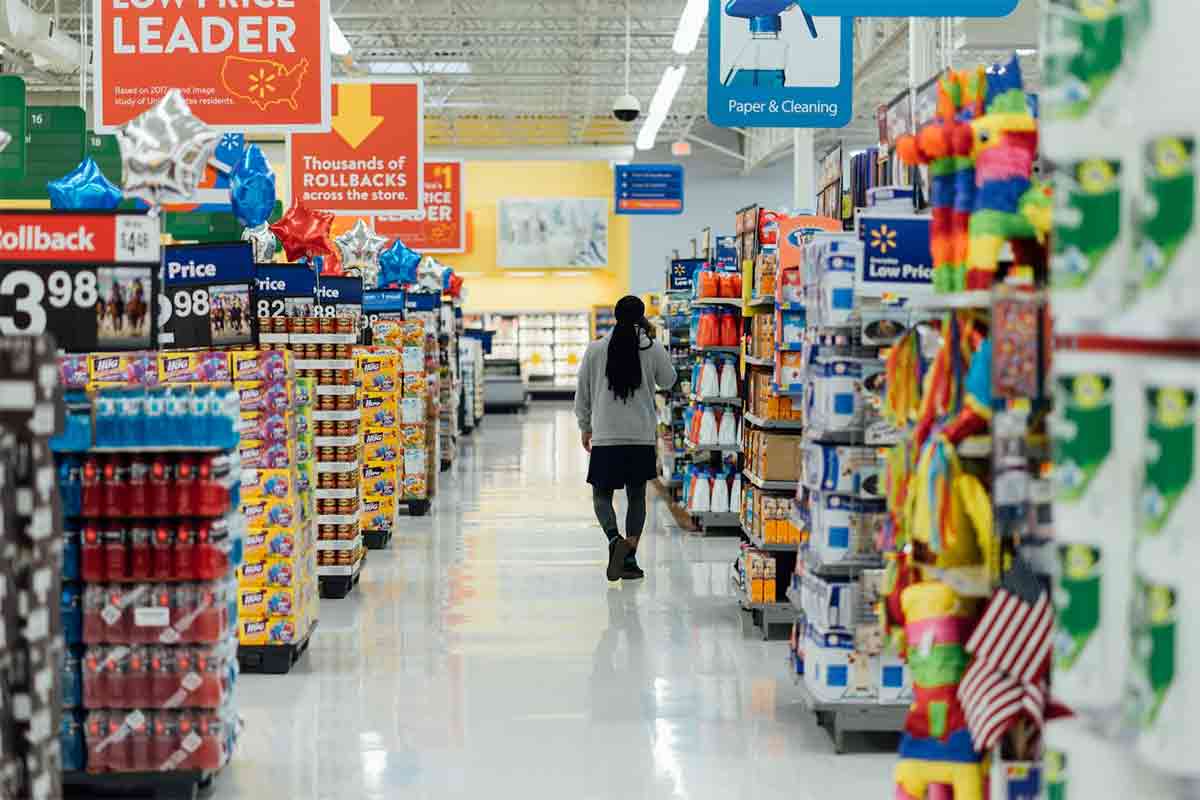The United Kingdom has experienced a drop in inflation, reaching its lowest level since the aftermath of Russia’s invasion of Ukraine. However, the decline was not as significant as anticipated due to elevated food prices.
According to the Office for National Statistics, the consumer prices index revealed a drop in the inflation rate to 8.7% in the year leading up to April, compared to 10.1% in March. This decrease was primarily attributed to the absence of last year’s energy surge caused by the invasion when making annual comparisons. Consequently, inflation has reached its lowest point since March 2022, one month after the conflict began.
While the decline in inflation was welcomed, it fell short of expectations, especially considering the sustained drop in wholesale gas prices over the past few months. Financial markets had predicted a further easing to 8.3%.
One of the key factors contributing to consistently higher-than-anticipated inflation rates in the UK, surpassing those of other Group of Seven nations, is the persistently elevated food prices. This reality is evident to anyone doing their weekly supermarket shopping. The statistics agency highlighted that food prices remained 19% higher than the previous year.
Grant Fitzner, chief economist at the statistics agency, stated, “The rate of inflation fell notably as the large energy price rises seen last year were not repeated this April but was offset partially by increases in the cost of second-hand cars and cigarettes.” He further added, “However, prices in general remain substantially higher than they were this time last year, with annual food price inflation near historic highs.”
Also Read: Dirty Ways to Make Money: Exploring Unethical Paths to Financial Gain
While acknowledging the drop in inflation to single digits, Treasury chief Jeremy Hunt expressed concern over the persistently high food prices. On Tuesday, Hunt engaged in discussions with food manufacturers to address the cost of food and explore potential measures to alleviate pressure on households. However, no immediate measures were announced.
James Smith, research director at the Resolution Foundation, emphasized the impact of surging food prices on low-income families, stating, “Surging food prices are particularly painful for low-income families, three-in-five of whom are already reporting that they are having to cut back on food and other essentials.”
The latest figures support the International Monetary Fund’s assessment, released on Tuesday, that inflation in the UK is expected to remain stubbornly high in the coming years. The IMF revised its prediction, now projecting a return to the Bank of England’s 2% target in mid-2025, six months later than previously anticipated.
Following a pattern seen among other central banks, the Bank of England has been aggressively raising interest rates to a 15-year high of 4.5% over the past 18 months. This response was triggered by a sharp inflation spike caused first by pandemic-related bottlenecks and subsequently by Russia’s invasion of Ukraine.
Also Read: How to Survive Financially as a Single Mom
Bank of England Governor Andrew Bailey reiterated on Tuesday that borrowing costs would need to rise further if inflation remained persistently high. He also acknowledged that policymakers may have underestimated the pace and lasting impact of food price increases since the Ukrainian conflict began, as Ukraine is a significant agricultural nation.
Samuel Tombs, chief UK economist at Pantheon Macroeconomics, indicated that the prospect of an additional increase in the bank’s interest rate to 4.75% in June is now firmly being considered. This possibility arises from the above-consensus outcome in April and the sensitivity of households’ inflation expectations to changes in food prices.
